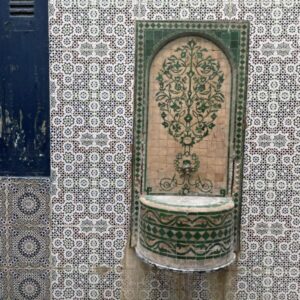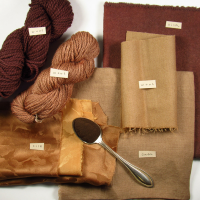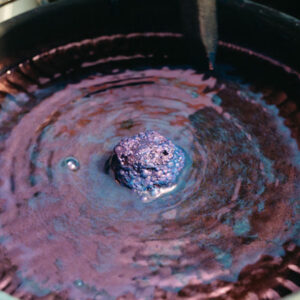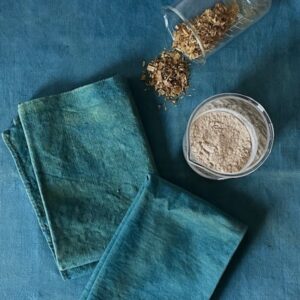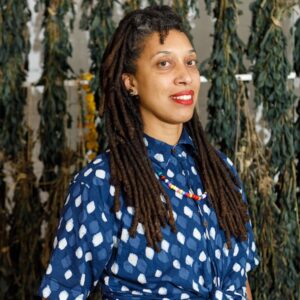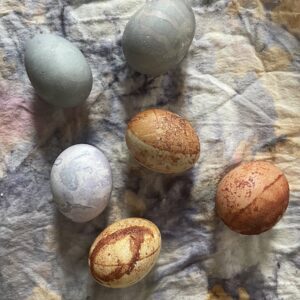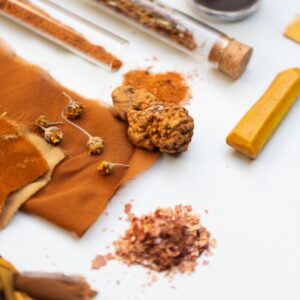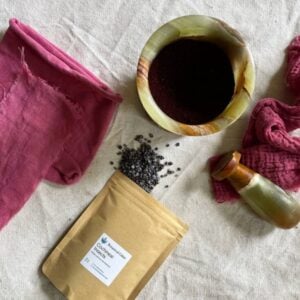Experience the Colors of Tangier
Botanical Colors is thrilled to present an excursion to Tangier, Morocco this August: EXPERIENCING THE COLORS OF TANGIER workshop and retreat with Yto Barrada & Cara Piazza. Each day will be a mix of creative textile exploration and soaking up the sights and highlights of Tangier. We have gathered short profiles of some of the exciting places we are going to visit during our time in this magical city as well as places that invite exploration and personal discovery. Tangier is located on the Strait of Gibraltar and sits at the crossroads of Africa and Europe, where the Mediterranean Sea meets … Read more

